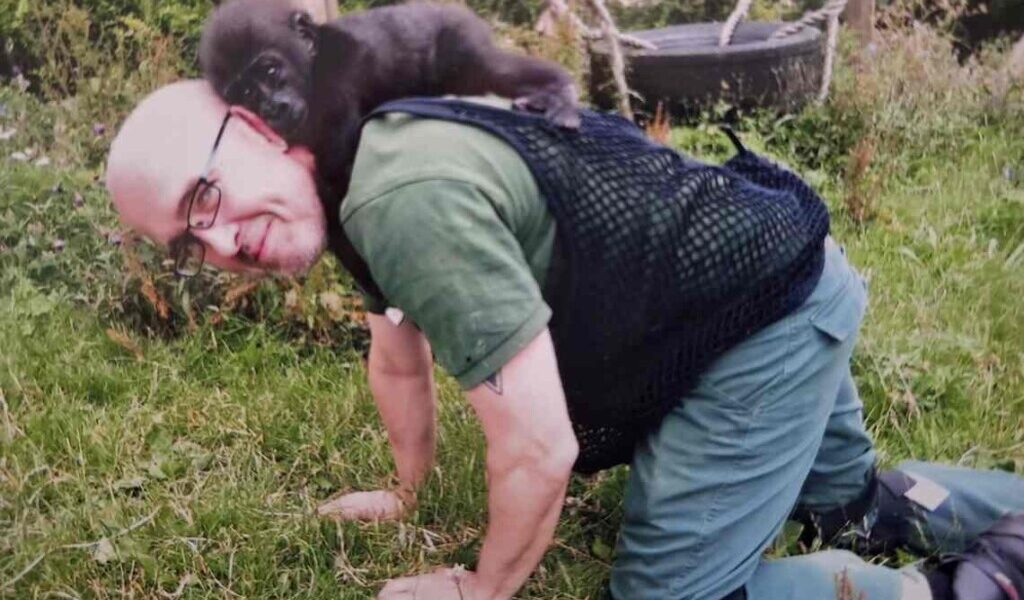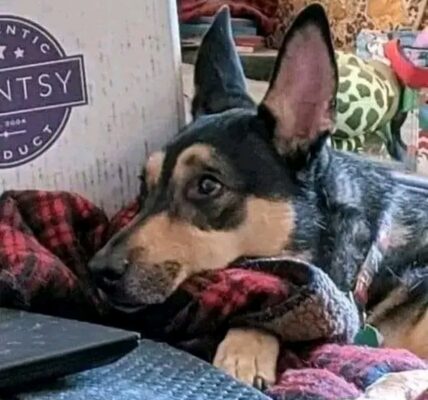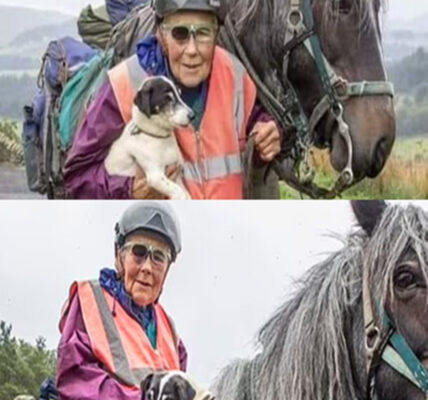
When Alan Toyne first signed up as a volunteer at Bristol Zoo back in 2006, he never imagined that one day he would be tucking baby gorillas into bed at his own house. But a decade later, that’s exactly what happened.
In 2016, Toyne became part of the first team in the UK to hand-rear baby gorillas through a groundbreaking “surrogacy” method. Unlike earlier approaches—where gorillas raised by humans weren’t introduced to adults until they were four years old—Toyne’s team worked tirelessly to replicate natural gorilla behavior from the very beginning.
The need arose when Kera, one of Bristol Zoo’s seven lowland gorillas, suffered pre-eclampsia during pregnancy. Her baby, Afia, was delivered four weeks early by C-section. Fragile and rejected by her mother, Afia needed a family—and Alan stepped in.
“I still remember the first day bringing Afia back home in her car seat and laying her on the table,” Alan recalled. “My partner, Sharon, took one look at her and fell in love.”
From that moment, Alan and his team lived like gorillas. To teach Afia how to cling, they wore string vests that mimicked gorilla fur. Meals were shared at the same time. If Afia wanted to play at night, she would slap Alan on the head like a drum. With Sharon, however, she was gentler—stroking her face to wake her up.
Every detail mattered. During the day, Afia spent time with the other gorillas, supervised closely to ensure she was accepted as part of the troop. At night, she returned to Alan’s care. “It was all about training her how to be a proper gorilla,” Alan explained. “We had to replicate every factor of gorilla life.”
Soon after, another baby, Hasani, was also rejected by his mother. Alan and Sharon repeated the entire process again—seven months of shared meals, sleepless nights, and endless lessons in how to be a gorilla.
“It was emotional to say goodbye,” Alan admitted. “But it was worth it. Both Afia and Hasani grew up knowing how to fit in with the troop—and that was the goal.”
The success was especially meaningful because the old ways had failed. Kera herself, Afia’s mother, had been hand-reared in captivity two decades earlier but never learned the subtle rules of gorilla society. Isolated and struggling to fit in, she was a reminder of why new methods were desperately needed.
Toyne’s “gorilla parenthood” has now become part of zoo-keeping history. He recently shared his journey in a memoir aptly titled Gorillas in Our Midst, recounting the surreal but deeply moving experience of raising gorillas in his own home.
From car seats to dining tables, from string vests to bedtime games, Alan Toyne’s story is a testament to dedication, empathy, and the extraordinary bond that can exist between humans and the wild.
Because sometimes, saving a species starts in the most unexpected place—your own living room.




